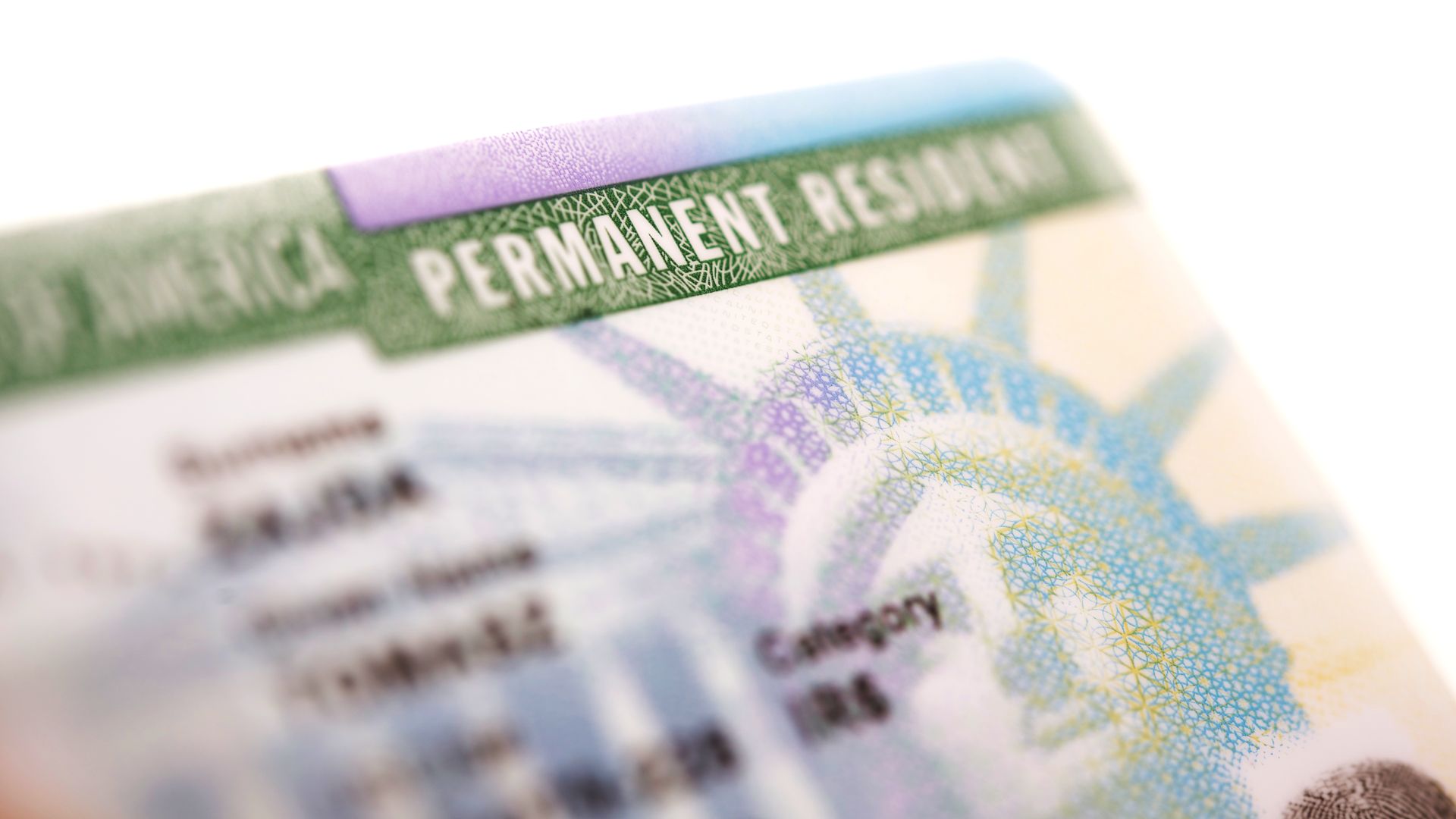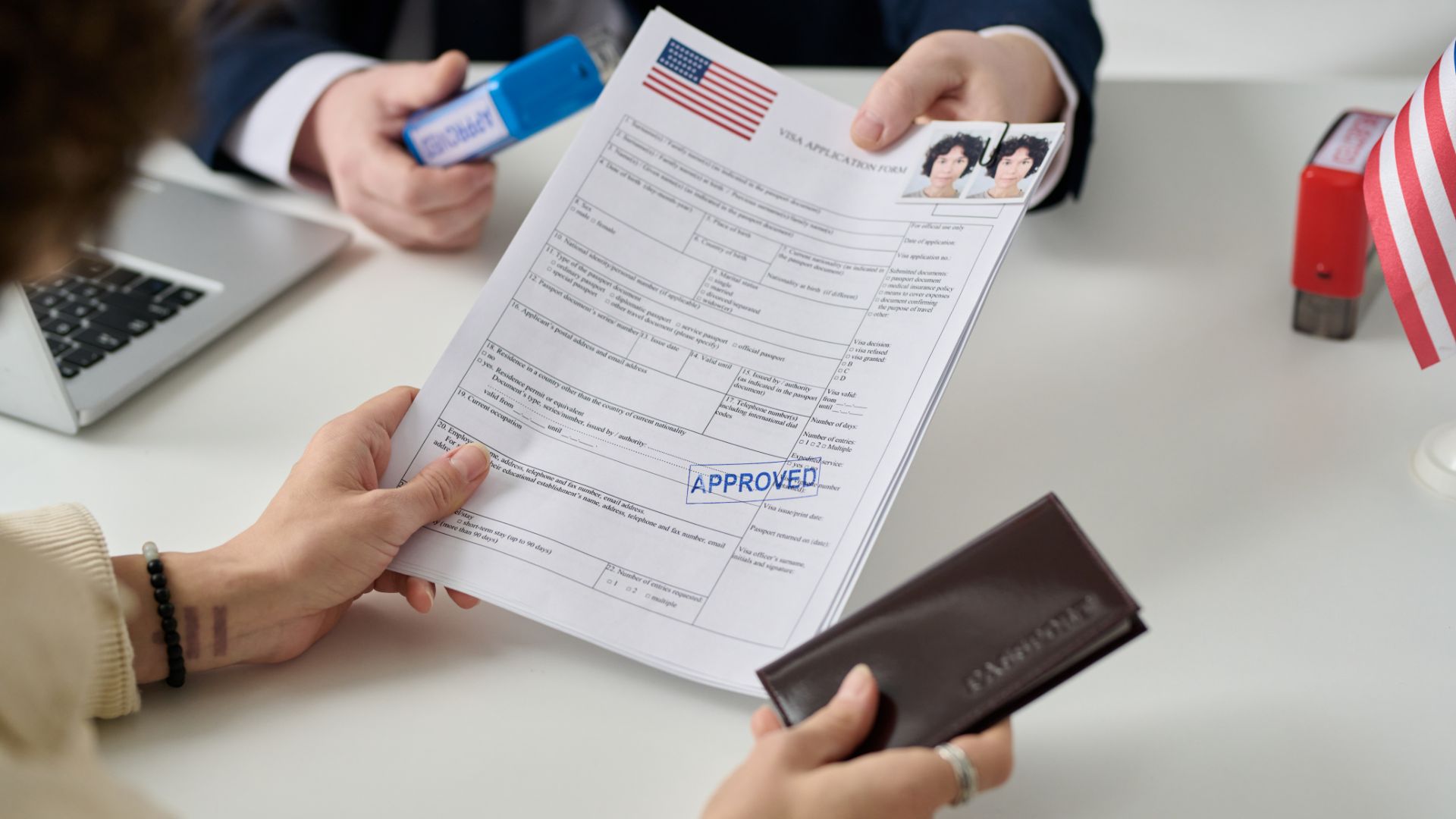Sponsoring your family for a Green Card in the United States is a significant step toward reuniting with your loved ones and providing them with the opportunity to live and work in the U.S. This guide will walk you through the essential steps, requirements, and considerations to ensure a smooth and successful sponsorship process.
Understanding Family-Based Immigration
Family-based immigration allows U.S. citizens and lawful permanent residents (Green Card holders) to sponsor certain family members for permanent residency. The process varies depending on the sponsor’s status and the relationship with the family member being sponsored.
Categories of Family-Based Green Cards
- Immediate Relatives of U.S. Citizens:
- Spouses
- Unmarried children under 21
- Parents (if the U.S. citizen sponsor is over 21)
- Family Preference Categories:
- F1: Unmarried sons and daughters (21 and over) of U.S. citizens
- F2A: Spouses and unmarried children (under 21) of lawful permanent residents
- F2B: Unmarried sons and daughters (21 and over) of lawful permanent residents
- F3: Married sons and daughters of U.S. citizens
- F4: Brothers and sisters of U.S. citizens (if the U.S. citizen sponsor is over 21)
Steps to Sponsor Your Family
1. Determine Eligibility
Ensure that both you (the sponsor) and your family member (the beneficiary) meet the eligibility requirements. As a sponsor, you must:
- Be a U.S. citizen or lawful permanent resident.
- Be at least 21 years old if sponsoring parents or siblings.
- Have sufficient income or assets to support the family member(s) being sponsored.
2. File a Petition
The first step in sponsoring a family member is to file a petition with the U.S. Citizenship and Immigration Services (USCIS).
- For Immediate Relatives: File Form I-130, Petition for Alien Relative.
- For Preference Categories: File Form I-130, Petition for Alien Relative.
Ensure all supporting documents are included, such as proof of your status, proof of relationship, and any required translations.
3. Await Approval of the Petition
Once you submit Form I-130, USCIS will review the petition and supporting documents. Processing times can vary, so it’s essential to check the USCIS website for current processing times. If additional information is needed, USCIS will issue a Request for Evidence (RFE).
4. Visa Availability and Priority Dates
For family preference categories, visa numbers are limited, and there may be a waiting period. Check the Visa Bulletin published monthly by the U.S. Department of State to monitor your priority date.
5. Apply for a Green Card
After USCIS approves the petition and a visa number becomes available (if applicable), the next steps depend on whether your family member is inside or outside the United States.
- If Inside the U.S.: File Form I-485, Application to Register Permanent Residence or Adjust Status.
- If Outside the U.S.: Complete consular processing through the National Visa Center (NVC) and attend an interview at a U.S. embassy or consulate in their home country.
6. Attend the Interview
Your family member will be required to attend an interview either at a USCIS office (if inside the U.S.) or a U.S. consulate (if outside the U.S.). During the interview, the officer will assess the relationship and verify the information provided.
7. Receive the Green Card
If the interview is successful and all requirements are met, your family member will be granted a Green Card. If they are in the U.S., they will receive a Permanent Resident Card by mail. If they are abroad, they will receive a visa in their passport to travel to the U.S. and receive the Green Card after arrival.
Considerations and Tips
- Accuracy: Ensure all forms are completed accurately and all required documents are submitted to avoid delays.
- Legal Assistance: Consider consulting with an immigration attorney, especially for complex cases.
- Financial Support: Be prepared to provide an Affidavit of Support (Form I-864) to demonstrate your financial ability to support your family member.
- Patience: The process can be lengthy, especially for preference categories, so patience and regular follow-up are crucial.
We Are Here to Help
Navigating the complexities of family-based immigration can be overwhelming, but our experienced law firm is here to help. At Rebecca Black Immigration, PA, we specialize in guiding families through every step of the Green Card sponsorship process, from initial petition to final approval. Our dedicated team of immigration attorneys will ensure your applications are accurate, complete, and timely, reducing the risk of delays and denials. Let us handle the legal intricacies so you can focus on reuniting with your loved ones. Contact us today for a consultation and take the first step toward bringing your family together in the United States.








